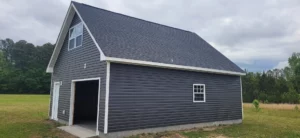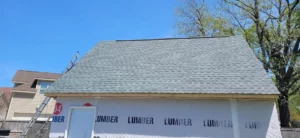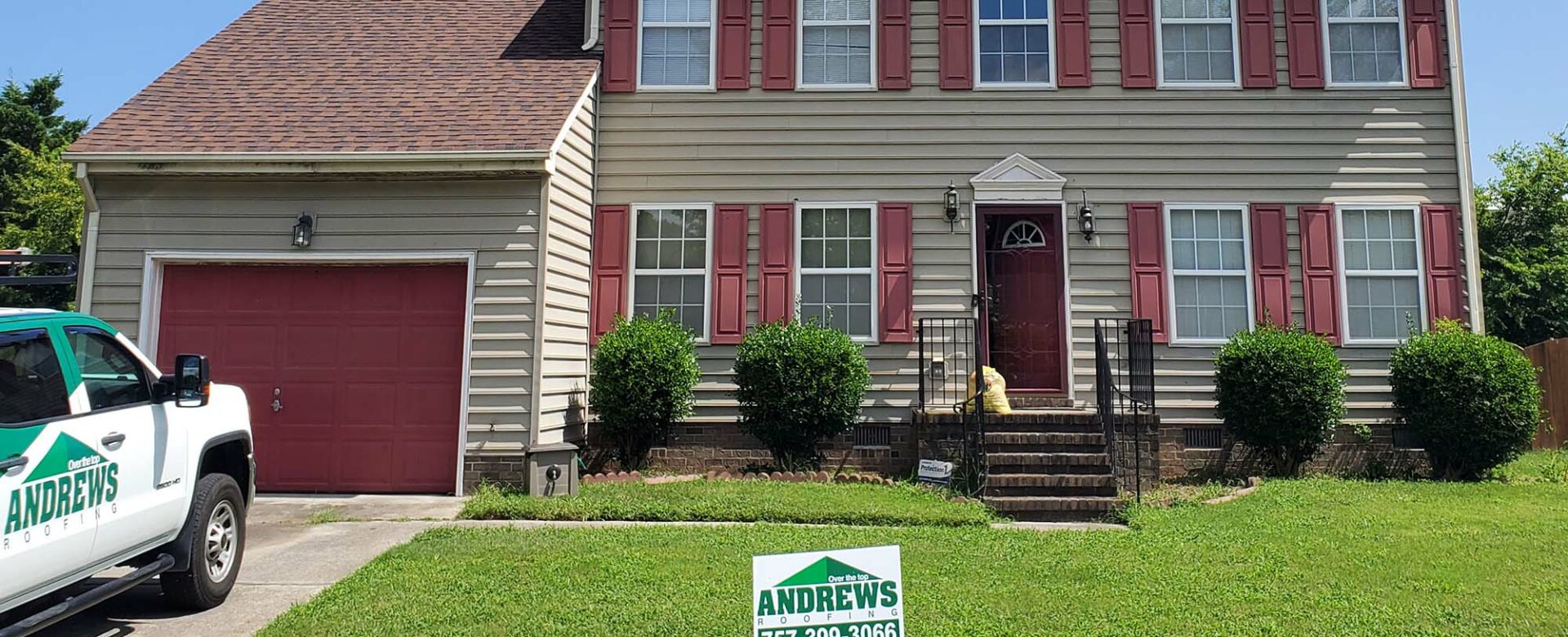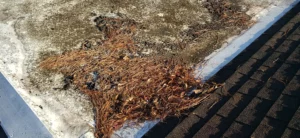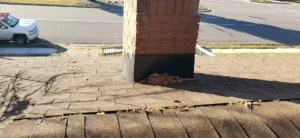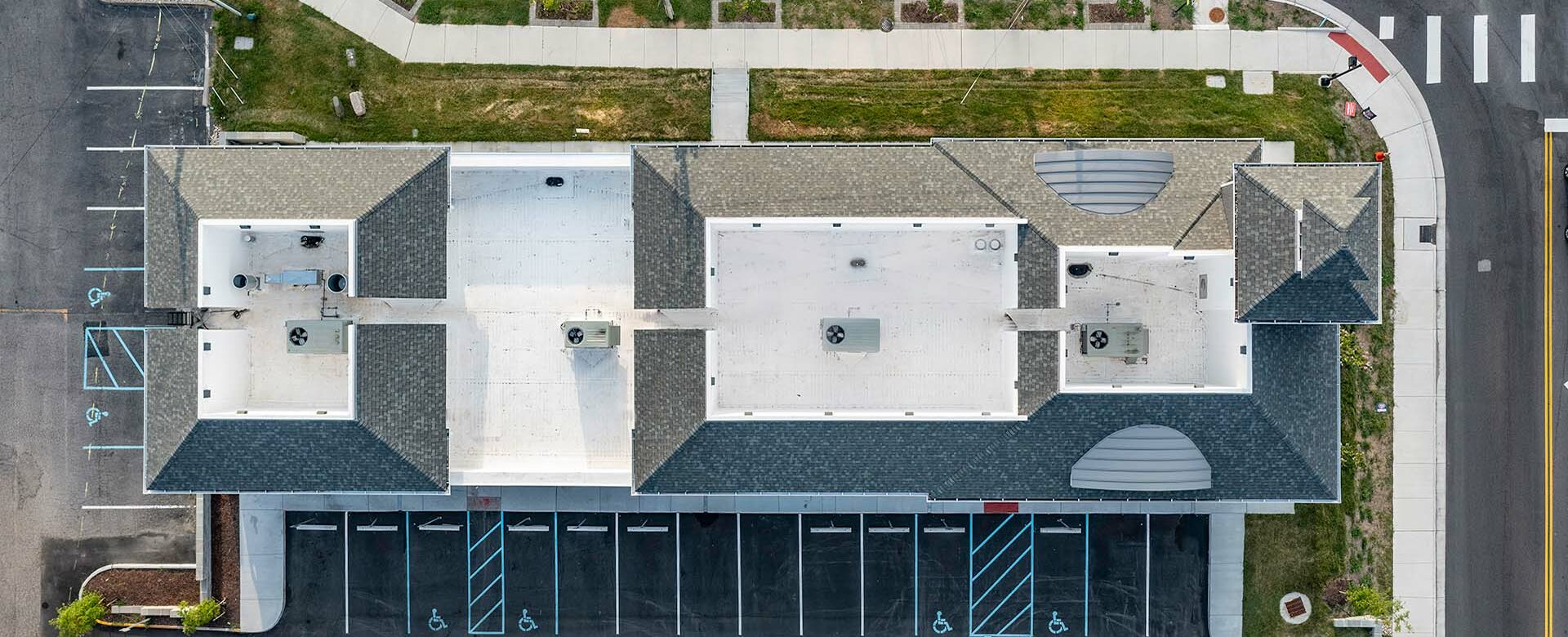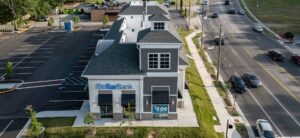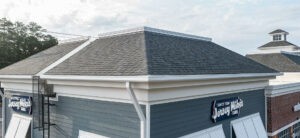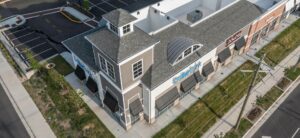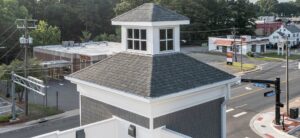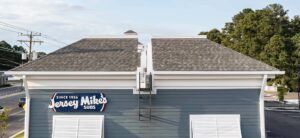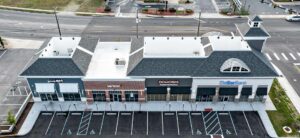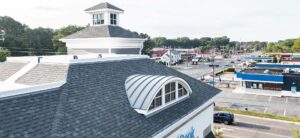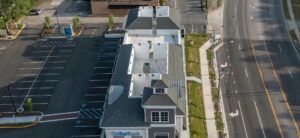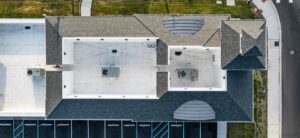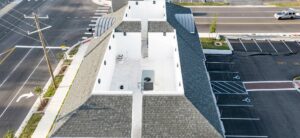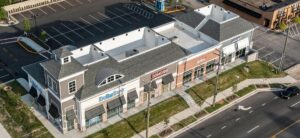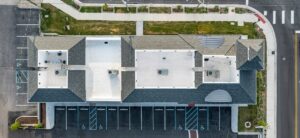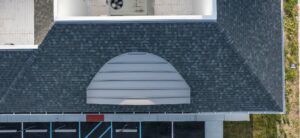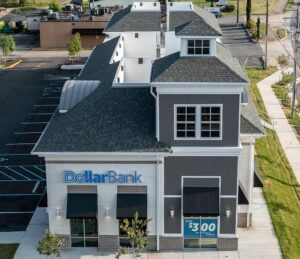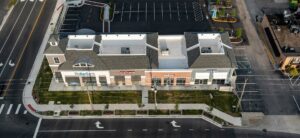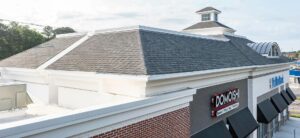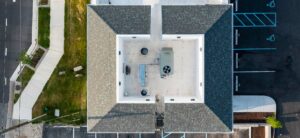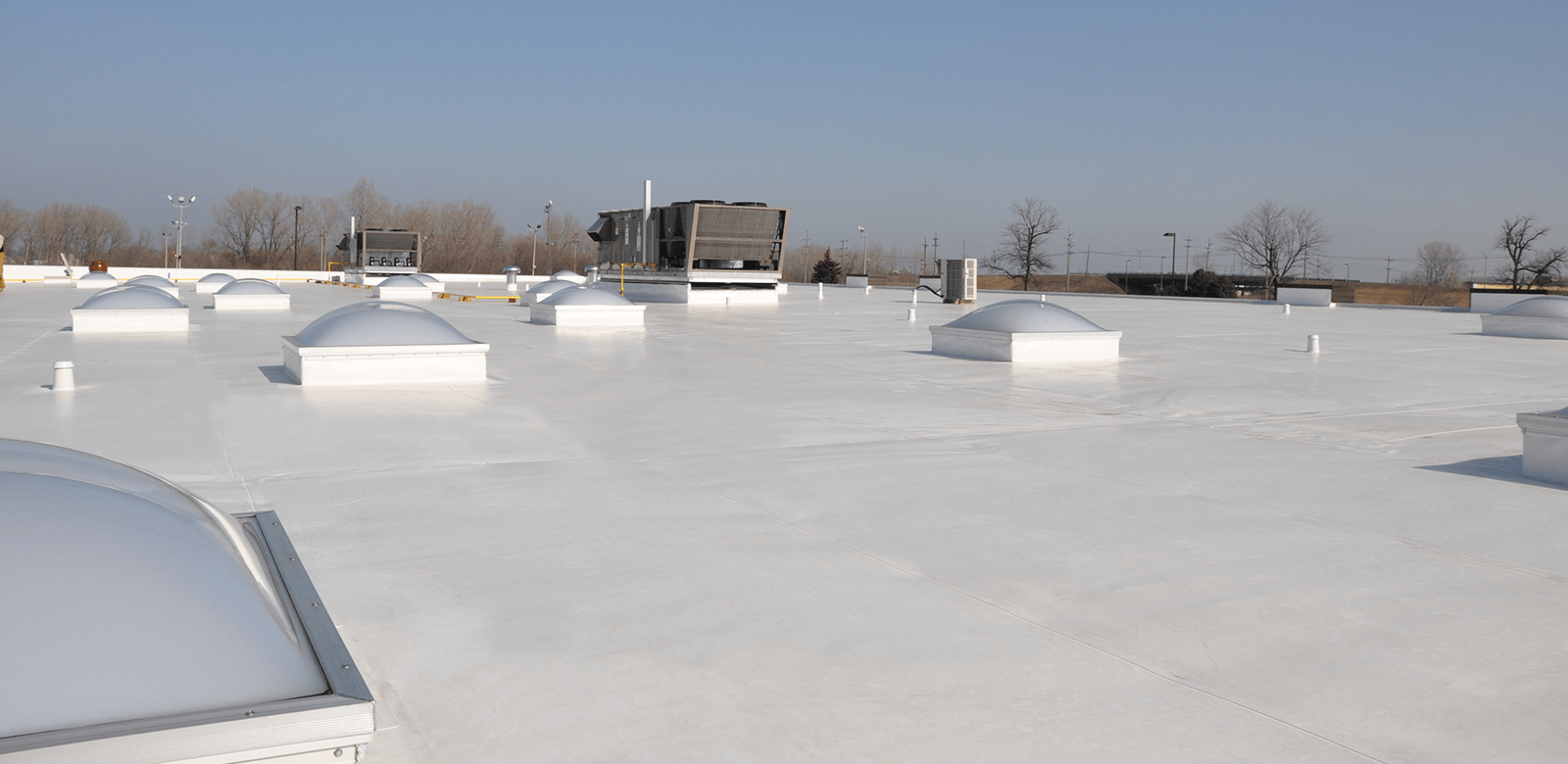As a small, locally owned roofing company in Southeast Virginia, we understand the unique challenges our region presents, from humid summers to occasional hurricanes.
That’s why we trust Timberline HDZ shingles from GAF for our roofing projects. Let’s take a closer look at the benefits of these shingles and why they’re an excellent choice for your home.
Superior Durability
Living in Hampton Roads means dealing with unpredictable weather. Timberline HDZ shingles are designed for advanced durability. They feature GAF’s LayerLock™ technology, which ensures each shingle stays firmly in place, even in high winds – an innovation that is particularly important in our area, where strong winds and heavy rains can be a concern. In fact, Timberline HDZ shingles are rated to withstand winds up to 130 mph when installed with the required accessories—perfect for homes in hurricane-prone regions.
Superior Aesthetic Appeal
A roof is more than just a functional part of your home; it’s a significant contributor to curb appeal. Timberline HDZ shingles come in a variety of colors and textures, allowing homeowners to choose a style that complements their home’s design. The shingles’ dimensional look mimics the appearance of wood shakes, giving your roof a high-end, polished appearance without the high-end cost.
Peace of Mind with Warranties
When you invest in a new roof, you want to know it will last. Timberline HDZ shingles come with GAF’s robust warranties, including their Lifetime Limited Warranty. This means that as long as your roof is installed by a GAF-certified contractor like Andrews Roofing, you can enjoy long-term protection against defects and wear.
Enhanced Installation Efficiency
For our team, the installation process is just as important as the product itself. Timberline HDZ shingles are designed with StrikeZone™ nailing technology, the industry’s widest nail zone. This innovation not only speeds up installation but also ensures precise nailing, which enhances the roof’s overall integrity. A quicker, more accurate installation means fewer disruptions for you and a roof that’s built to last.
Eco-Friendly Roofing Solution
We know many homeowners are looking for sustainable options, and Timberline HDZ shingles check that box as well. They are designed with an emphasis on sustainability, meeting some of the industry’s highest standards for recycled content. Additionally, the shingles’ long lifespan helps reduce waste by minimizing the need for frequent roof replacements.
Andrews Roofing: Your Neighborhood Roofing Company
As a locally owned business, we’re deeply committed to our community. We’re not just here to install your roof, we’re here to build lasting relationships based on trust and quality workmanship. We value referrals and word-of-mouth recommendations, which we know we can only earn through exceptional service.
By choosing us and a quality product such as Timberline HDZ shingles, you’re not only investing in a top-notch product but also supporting a roofing company that truly cares about your home and our Tidewater community.
If you’re considering a roof replacement, contact us today for a free consultation and estimate. Let us help you protect your home with a roof that’s built to last.


